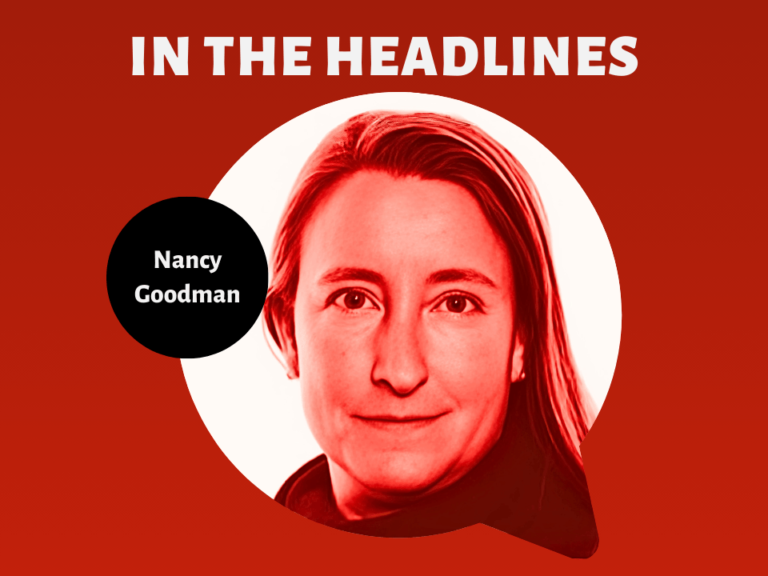

Amidst a dramatically changing healthcare landscape and increasingly competitive market, the Association of Community Cancer Centers eighth annual Trending Now in Cancer Care survey, which was conducted in partnership with Advisory Board’s Oncology Roundtable, identifies current and emerging trends across U.S. cancer programs.
When asked to identify the top threats to future cancer program growth, 68 percent of respondents selected cost of drugs and/or new treatment modalities as the number one threat, 47 percent named physician alignment around services and program goals, and 46 percent cited changes in healthcare coverage.
Respondents also identified cuts to fee-for-service reimbursement and the move to value-based care as significant threats to cancer program growth. One in three reported marketplace competition as a top threat. More than 290 respondents from 209 organizations participated in the 2017 survey.
Asked to identify their greatest opportunities for cost savings, respondents overwhelmingly pointed toward clinical standardization (63%) and drugs (62%). Providers see clinical standardization as a way to help reduce variation in care and eliminate duplicative services, thereby realizing cost savings.
Nearly 30 percent of respondents intend to improve clinical standardization by adopting clinical pathways for medical oncology, either vendor sponsored or homegrown. One in four survey respondents expect to realize cost savings by reducing capital expenses, such as radiation and imaging equipment.
The ACCC Trending Now in Cancer Care survey provides insights into nationwide developments in the business of cancer care. With today’s cancer patients acting more like consumers with a say in where they receive care, cancer programs continue to grow their service lines to meet this demand for personalized, patient-centered care, specifically around symptom management and survivorship.
The survey results also reveal trends around market consolidation and the rise in marketplace partnerships, participation in value-based contracts, and barriers to meeting accreditation and quality reporting requirements.











